Give the gift of gardening!
If you are a wholesale customer click
OUR TOP SELLERS
MORE GREAT INFO
Download and Enjoy or Share any of our new e-books, full of super info all about gardening and even some recipes!
Upload your photos and share the beauty and creativity from your Wildflowers, Vegetables, your favorite Inspirational photo, or your favorite Four-Legged Friends.
The USDA Plant Hardiness Zone Map can help gardeners determine which plants can thrive at a location, based on the average annual minimum winter temperature, divided into 10-degree F zones.
Get the latest news, tips, thoughts and general musings from some of the industries top gardening experts in our blog. You know you want to read “The Dirt”.
BBB Seed specializes in the distribution of Wildflower Seeds and Heirloom Vegetable Seeds, Native Grasses, Grass Mixes, Turf Grasses, Grass and Wildflower Mixes, Regional Wildflower Seed Mixes, and Special-Use Wildflower Mixes including our line of 4 great Pollinator Mixes.
About BBB Seed
 BBB Seed is committed to providing fresh, high quality, open-pollinated, non-GE (genetically engineered), untreated seed so that you can have success with healthy, productive plantings for a healthy and sustainable environment. Learn more about the Safe Seed Pledge and CRG here.
BBB Seed is committed to providing fresh, high quality, open-pollinated, non-GE (genetically engineered), untreated seed so that you can have success with healthy, productive plantings for a healthy and sustainable environment. Learn more about the Safe Seed Pledge and CRG here.
- Founded in 1985, BBB Seed is a small, family-owned company located in Boulder, Colorado.
- Personal help and advice are always available, we want you to succeed!
- We offer an extensive variety of seeds for any region of the U.S. including High Altitude Gardens!
- All mixes are purely seed, nothing more.
- We are a retail and wholesale distributor only. Please call for a retail location near you!
BBB Seed specializes in the distribution of Wildflower Seeds and Heirloom Vegetable Seeds, Native Grasses, Grass Mixes, Turf Grasses, Grass and Wildflower Mixes, Regional Wildflower Seed Mixes, and Special-Use Wildflower Mixes including our line of 5 great Pollinator Mixes. In addition, we produce a variety of fun products including Natural Handcrafted Soaps, Gift Baskets, Greeting Cards and More! And one of our new favorite products is our line of Bloomin’ Tins, with a customizable label, filled with wildflower seeds for that perfect way to remember a special day!
Remember, the more flowers a garden can offer throughout the year, the greater the number of bees and other pollinating insects it will attract and support.








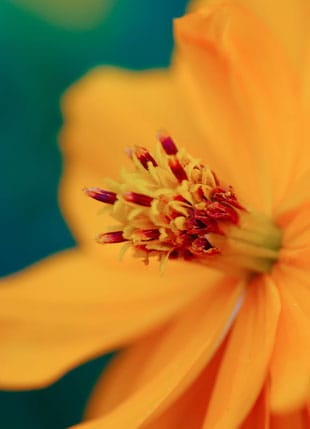

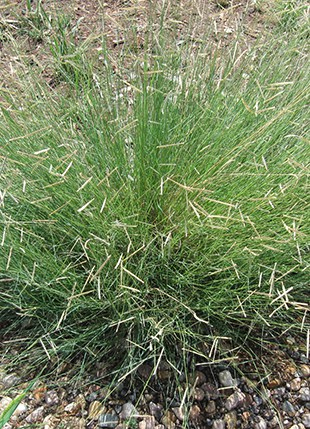
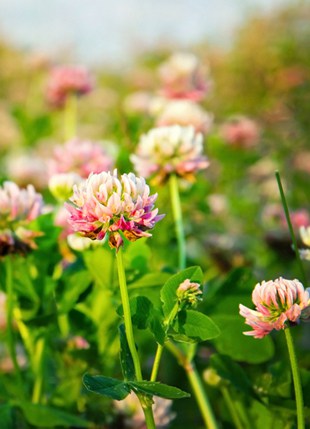
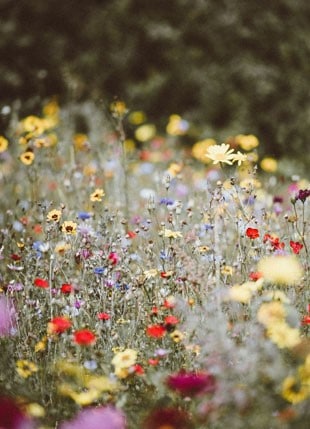


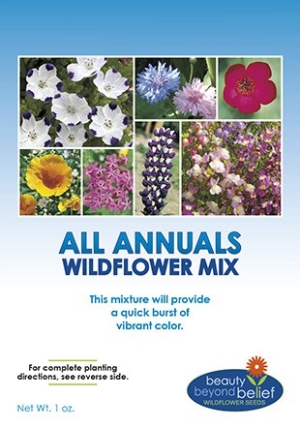
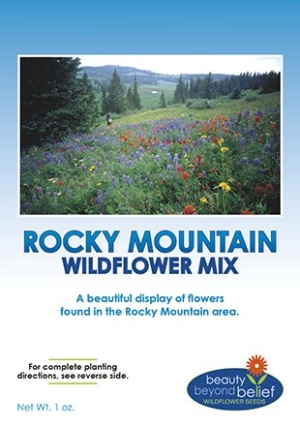
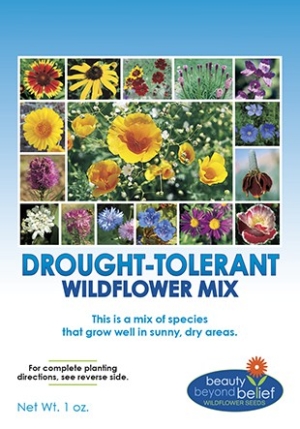
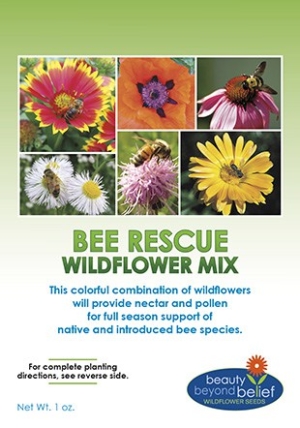
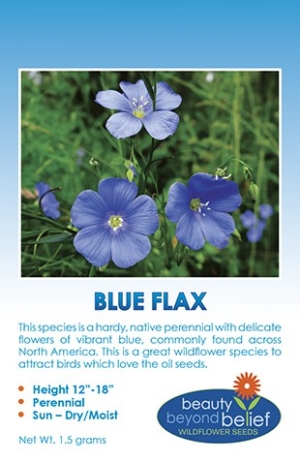
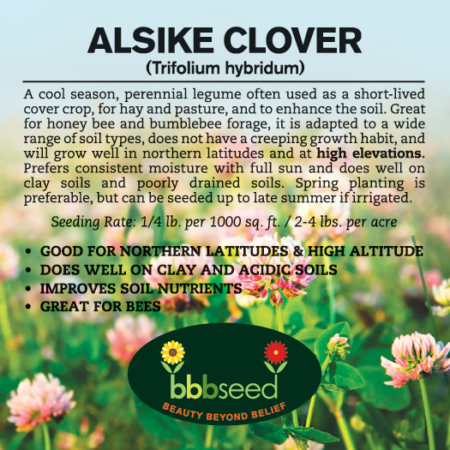
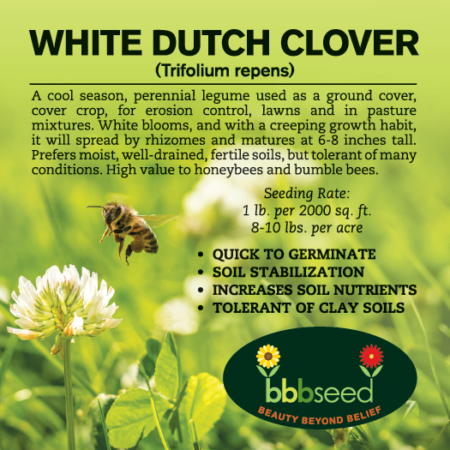
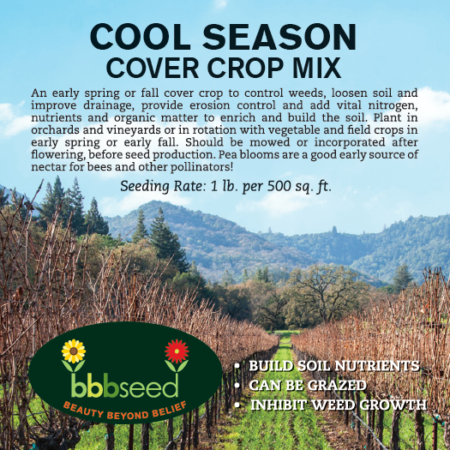
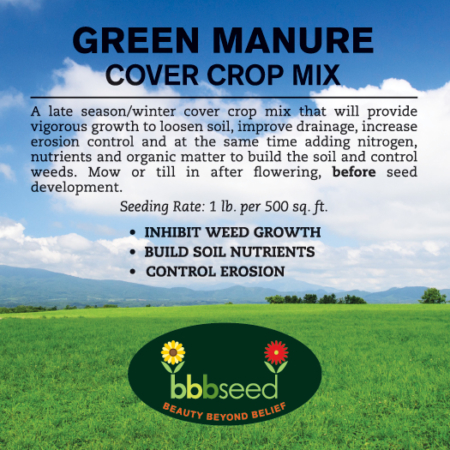
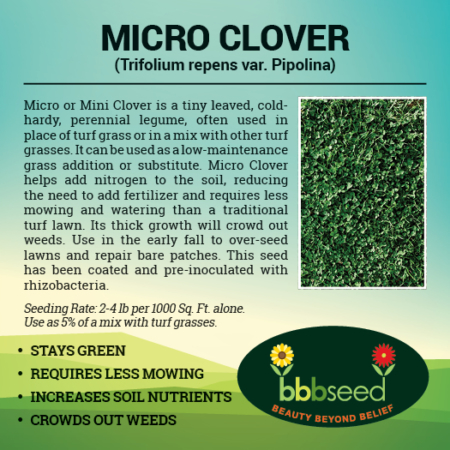


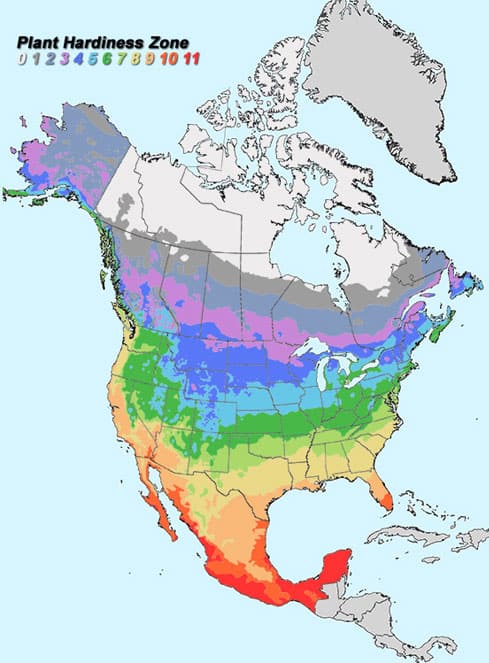
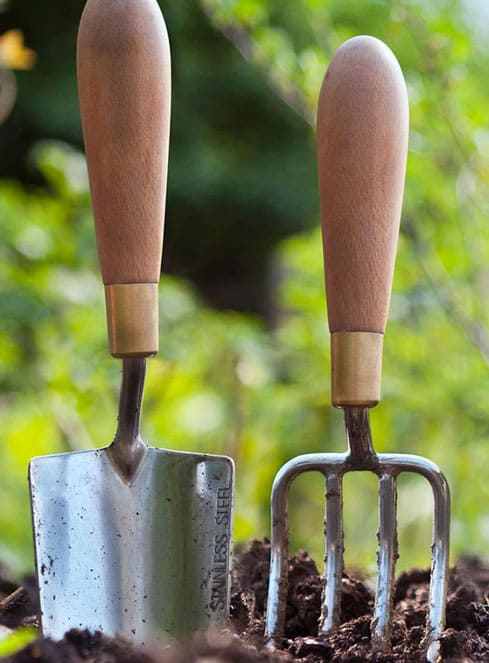

 BBB Seed is committed to providing fresh, high quality, open-pollinated, non-GE (genetically engineered), untreated seed so that you can have success with healthy, productive plantings for a healthy and sustainable environment. Learn more about the Safe Seed Pledge and CRG
BBB Seed is committed to providing fresh, high quality, open-pollinated, non-GE (genetically engineered), untreated seed so that you can have success with healthy, productive plantings for a healthy and sustainable environment. Learn more about the Safe Seed Pledge and CRG